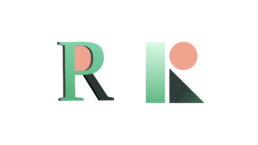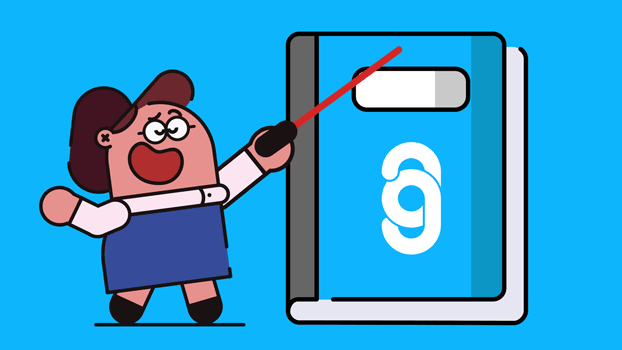Finance, from the outside, has a reputation as a cold dry topic. For most of us, it is a stressful & nightmare-inducing process. Its no secret financial services are boring, from a consumer’s point of view. We have no intention of covering that up – and neither do most of the companies that attempt to market their services through fintech branding.
It is numbers & percentages, spreadsheets & endless forms, scepticism & cynicism. But most importantly, its money. A delicate subject for the majority of the population.
This is the reputation and landscape that fintech startups were born into. So how do you go about changing the public’s perception of this well-established sector? 90% of startups fail so how do you become one of the 10% that succeed?
We are aware now more than ever just how much finances impact our health, our life at home and at work. Most importantly however, we are aware of how it affects our happiness.
It all starts with a brand persona & personality. This is created through many different things. We are going to focus on the fintech brand identity design elements.
The Name
Enigmatic names for fintech companies have been very popular. There’s the big one Monzo, but also Xero, Avant, Klarna and the list goes on. A short name takes up less space on a screen. The difficulty with this is finding one that is original but also relevant. If you cant think of a name, why not use the Fintech – Name Generator We gave it a go in the studio!

The Logo
Its all down to visual identity for a start-up. Brand yourself early, not late. A logo that is confusing or hard to read will put off consumers no matter how great your product is. Design minimalism, flat illustration and a pastel-led colour palette have become commonplace in the fintech world. It is designed this way to feel human and modern, with an aim to distance themselves from their old competitors. It is also a way to market towards a millennial market. Although when everyone is doing the same thing, that can become inauthentic and what the younger demographic want is individualism

The App
For too long, banking apps have been designed for banks. An extension of their clunky online services that have been squished into the portrait format of the phone screen. This is where fintech companies thrive. The user experience and brand experience are the same things. The app needs to be designed to make things easy for the customer not the company. Here you can see a comparison in the UI design of a traditional bank vs a fintech startup

The Verdict
Fintech branding took inspiration from some of the most successful technology companies outside the financial sector. User-centric brands such as Amazon & Apple. It was time to throw out the old model that had been established for generations and break the mould. Rebuilding their image back up into what they wanted and who they wanted to be.
These companies are utilising all the tools at their disposal to improve and automate financial services for their customers
They succeeded in changing the public perception of finance, a feat once thought impossible. They put their customers first, humanising the process and the companies that build those processes. It is all about a balance between intuitive design and user experience. Fintech branding now has a friendly face.
That’s not to say that the traditional banking companies aren’t catching up. Many are late to the game and have lost portions of their user base.

Overall many fintech companies have it correct. The ones who don’t, well… they end up in the 90% mentioned earlier. The one major pitfall with all of these designs is that they rely on individualism and standing out from the crowd. The problem comes when everyone is doing the same thing and wanting the same thing. This creates a herd effect. There are some, such as one of our recent clients Autorek who break away from the heard. Some have come to call it ‘The Millennial Filter’ Everyone favouring a similar colour palette. Every logo having soft-edged vector illustrations. This is working for now, but once this becomes commonplace, the companies who started this trend will lose their edge.
Many of the new fintech companies are getting it very right. However soon we could see a saturation of the market visually. Maybe its time to do something truly different, instead of doing what everyone else is doing only with your name and logo shape copy and pasted over the top.
Read our most recent blog post on ‘The History Of Fintech’.
Share this bite
The Animation Video Workbook

The 1-stop shop for everything you need to know about making the most awesome video possible



